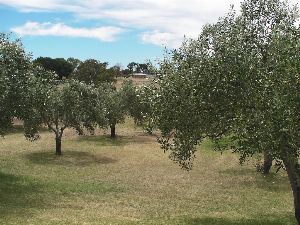Secoiridoids Boost Stability and Longevity in ‘Corbella’ Extra Virgin Olive Oil. Researchers identify oleacein and oleocanthal as critical secoiridoids that enhance the oxidative stability, antioxidant capacity, and shelf life of ‘Corbella’ Extra Virgin Olive Oil.
Olive trees often swing between heavy and light crops. This article explains why biennial bearing happens and how growers can manage it for steadier harvests.
This summer cropping season is facing unprecedented challenges in fertiliser supply. Availability of MAP fertiliser (monoammonium phosphate) and DAP fertiliser (diammonium phosphate) is expected to remain extremely limited worldwide, with serious implications for growers planning their nutrient programs.
The Australian olive oil industry has experienced rapid growth over the past three decades, evolving into a significant agricultural sector. With rising domestic demand, a strong export presence, and a reputation for high-quality extra virgin olive oil (EVOO), understanding the distribution of olive trees across the country provides essential insight into production capacity and regional specialisations.
While leaves are the primary sites of photosynthesis in plants, bark photosynthesis, also known as corticular photosynthesis, plays a significant role in the carbon economy of woody plants, including olive trees (Olea europaea). This process involves the fixation of carbon dioxide (CO₂) by the green tissues in the bark, contributing to the tree's overall photosynthetic capacity, especially under stress conditions.
As discussed previously, taking leaf samples is essential to assess your trees’ nutritional status. This information guides the creation of a fertiliser program, a critical component for boosting or maintaining yields.
Typically, no fertiliser is needed in winter, unless you’re addressing soil amendments. However, some groves have severe nutrient deficiencies requiring fertiliser even in winter. Where proper irrigation systems aren’t in place...







